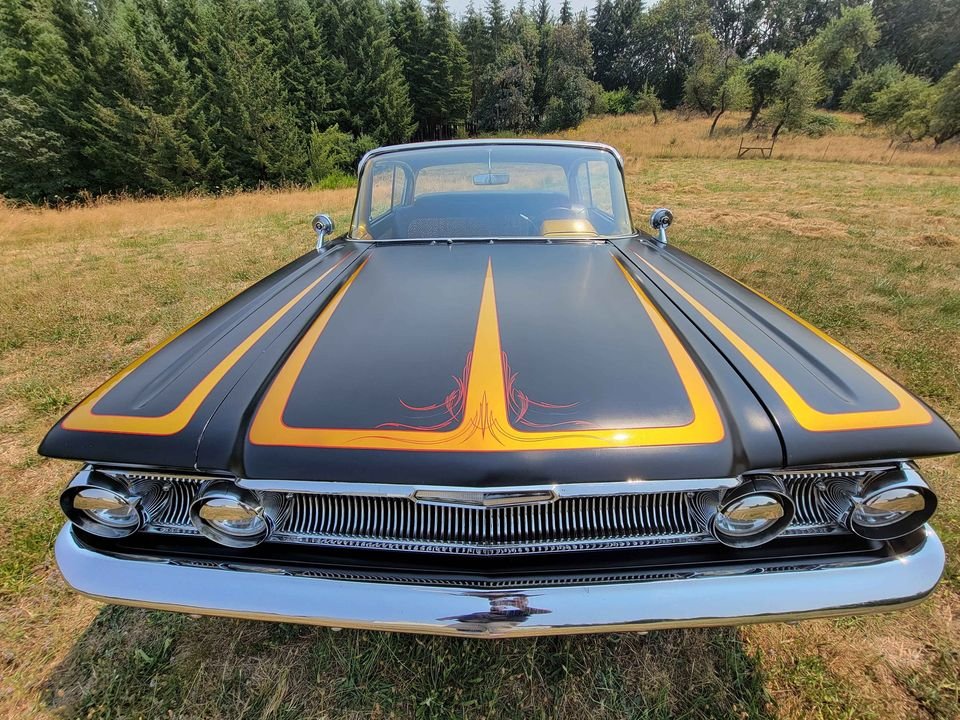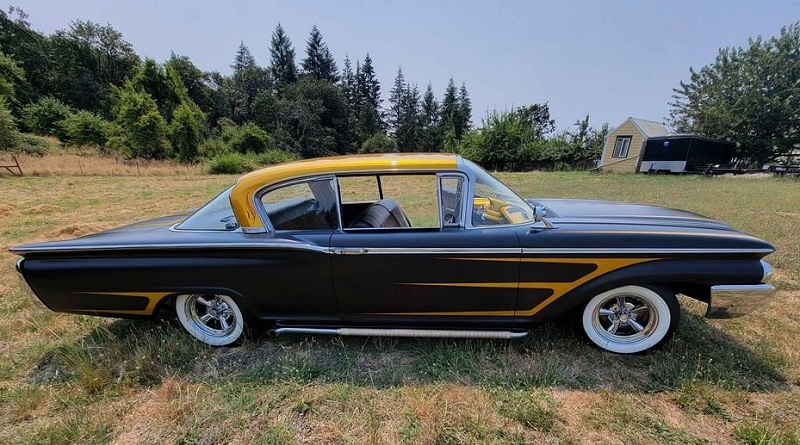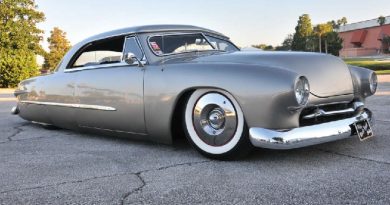1960 Mercury Monterey
The 1960 Mercury was a quieter presence than bolder, earlier models. Mercury models of the late 1950s could make a sensitive soul shriek in horror. Recalled today as veritable icons of their time, the big boats were laden with chrome, sharply sculptured angles, and windshields curved so severely as to defy the imagination — everything, in short, that signified excess.
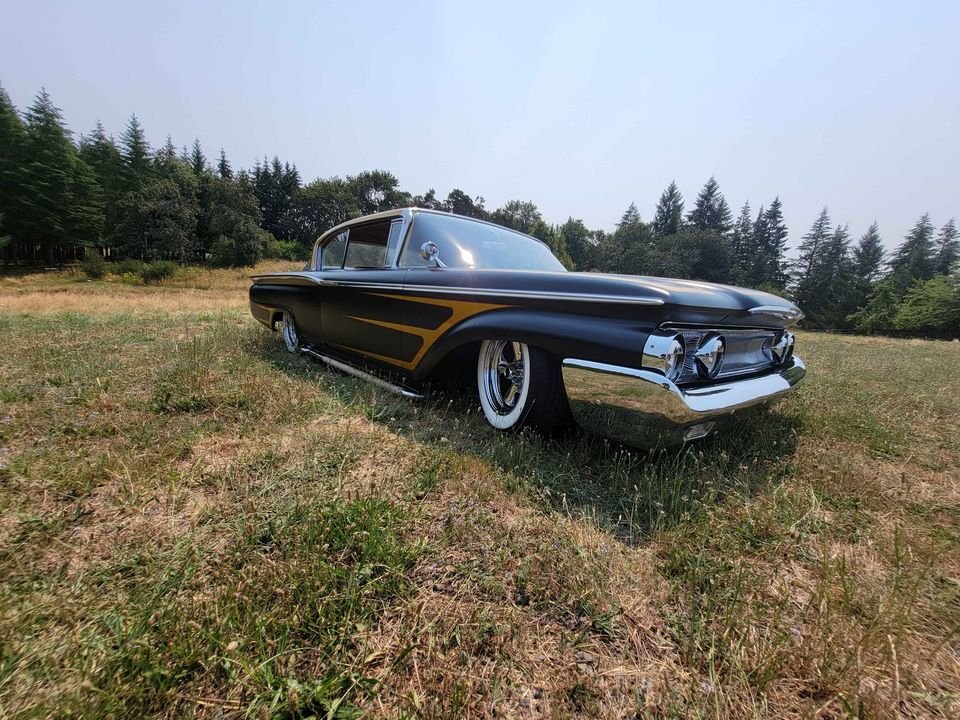
The 1960 Mercury Monterey was among the longest and widest on the road, with a wheelbase of 126-inches and an overall length of 219.2 inches. The exterior was similar to the 1959 design, with a honeycomb grille, a wraparound bumper that contained the signal lights, a ribbed rear panel, and three chrome bands on the upper rear fender. Styling changes were made t the roof treatment and the windshield, and there were flared fins and large vertical taillights integrated into the bumper.
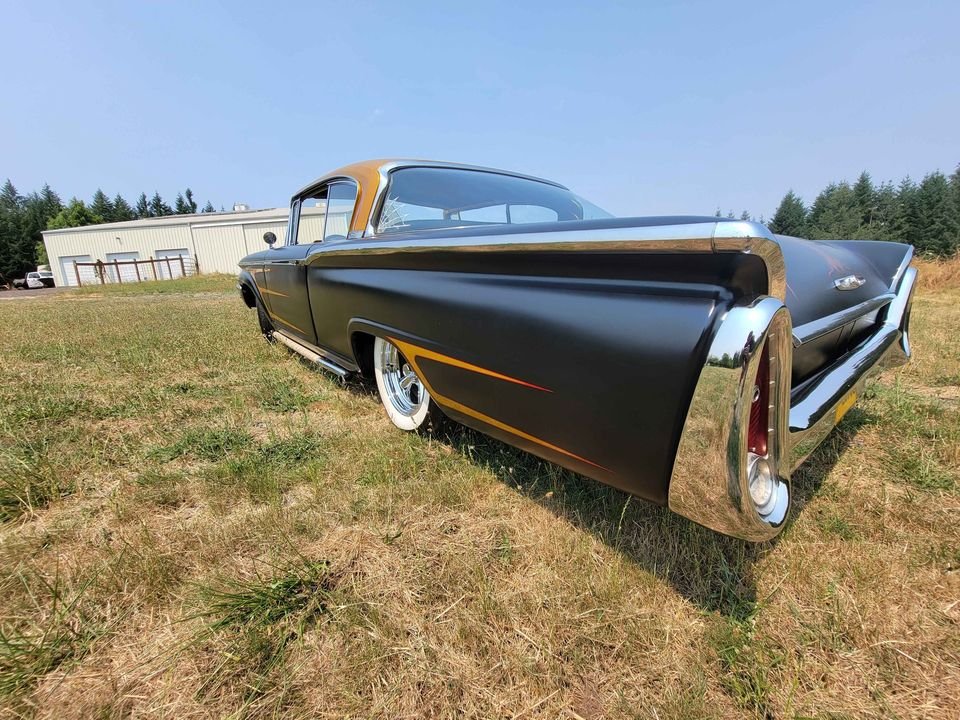
The Monterey came standard with a 312-cubic-inch V8 rated at 205 hp, which was 5 horsepower fewer than the same engine in 1959, but the newer engine would run on regular gas. Mercury boasted that it was like getting one of every 10 gallons of gas free. Also new in 1960 was a suspension that Mercury said, in perfect ad man-ese, boasted “Road Tuned Wheels.” By allowing the wheels to move backward slightly as well as upward when meeting an obstacle, to “roll with the punches,” it would “practically eliminate steering wheel flutter.” Bragged Mercury, “Annoying vibration and irritating road noise are things of the past.”
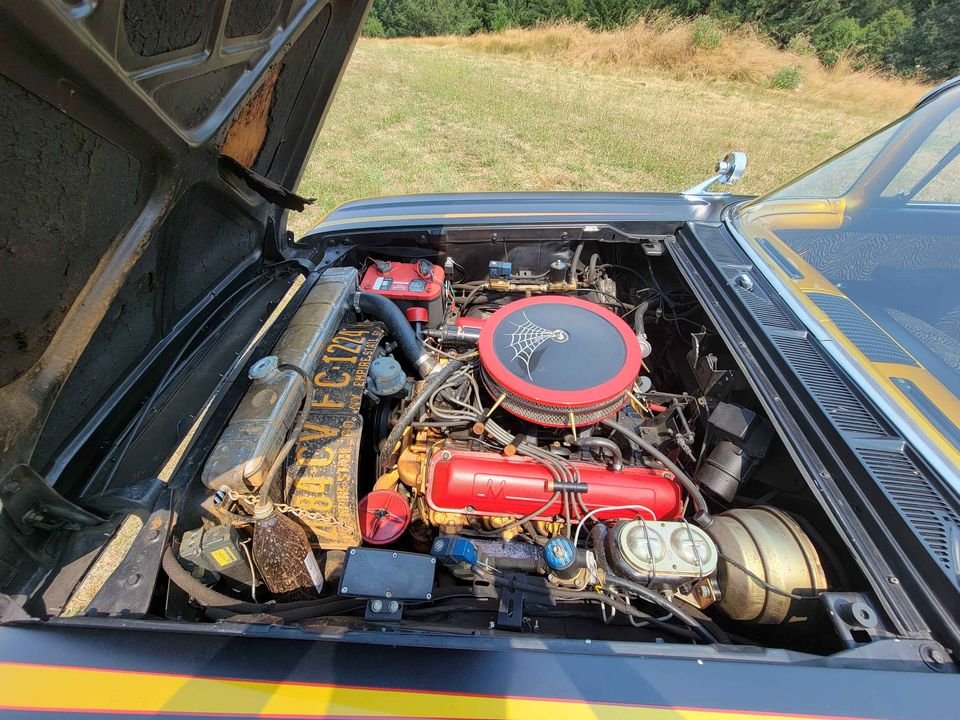
This car has wind-up windows, but power window lifts were an available option. Optional equipment on the 1960 Mercury Monterey’s included a signal-seeking radio, windshield washer, electric clock, back-up lights, two-tone paint, clear plastic seat covers, seat belts (at $12.25 each), power steering, power brakes, power windows, dual exhaust, safety speed monitor, and push-button radio.

The Monterey was Mercury’s “Better Low-Priced Car,” deftly moving into the space vacated by Edsel, a failed experiment of the ’50s. Mercury made 21,557 Monterey two-door sedans in 1960 before eliminating the two-door model the next year. Bolstered by the compact Comet and the midsized Meteor, Mercury no longer needed the Monterey two-door.
